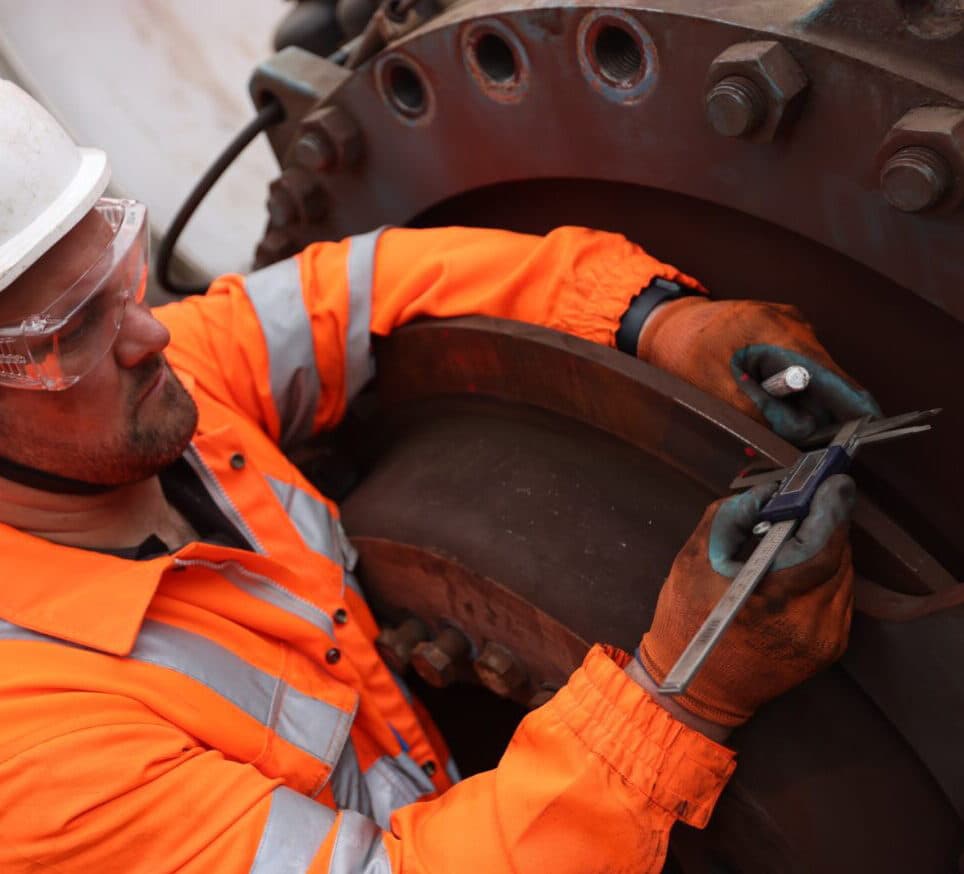Establishing a robust end of life materials handling network
As the UK’s earliest wind turbines approach the end of their operational life, the need to establish a comprehensive and robust end of life materials handling network has assumed even greater importance.
To that end, in the early months of 2024, the Offshore Renewable Energy (ORE) Catapult, University of Leeds, EMR, Ionic Technologies, and the University of Birmingham were successful in winning a competitive process for UKRI – Research and Innovation’s ‘UK Regulatory Science and Innovation Networks – Discovery phase’ funding call. This was designed to carry out a six-month project investigating and documenting the main regulatory and legislative drivers and barriers impacting the development of a circular supply chain for the UK’s wind sector.
The project was titled RESCUE (Regulations to Ensure Sustainable Circular Use at End-of-life for Wind) Discovery Phase, and the partners’ consultations with supply chain companies and associated industry experts quickly highlighted that existing legislation risks stifling the level of innovation required for the effective and efficient reuse, repair, and recycling of wind turbine components and materials.
Stakeholder priorities confirmed
As part of the stakeholder engagement exercise, stakeholders were asked to take part in a prioritisation exercise to identify key areas of concern, with the results tabled below.

Mapping the policy and regulatory landscape
In tandem, a comprehensive review was carried out by identifying approximately 150 policies and regulations that could be applied to UK wind turbine end of use management, to gain better understanding of the regulatory landscape, map organisations involved, and highlight implementation strengths and weaknesses.
The team discovered that – while the necessity for greater resource productivity and efficiency to stay within carbon budgets was increasingly clear across various policy documents – policies and regulations relating to resources and waste management remain almost entirely siloed from wind energy infrastructure deployment and whole lifecycle management.
Interconnection and governance issues
Resources and waste management emerged from the policy and regulatory landscape review as a key governance issue. Moreover, current classifications of materials can adversely affect downstream applications and logistics, with ‘End of waste’ regulations highlighted as a particular challenge for the sector.
With some aspects governed centrally at a UK level, and others devolved to Scottish, Welsh and Northern Irish governments, and still others to local governments, consultations with stakeholders revealed a lack of clarity regarding which UK-level policies and regulations apply throughout different nations and regions.
With no integrated whole lifecycle and whole system approach for wind turbine and wind farm end of life management, a vacuum exists for guidelines that clearly integrate, interpret and apply changing policy and regulation in the field. Delivery of end of use management of onshore and offshore wind turbines, in particular, lacks both such regulation and guidelines to successfully integrate resources, and waste policies and regulations.
Through the meticulous work completed for the RESCUE project – Discovery Phase, the partners have established the groundwork for a network of wind, supply chain and regulatory stakeholders to identify challenges within the circular supply chain, as well as a collaborative forum to explore solutions.


